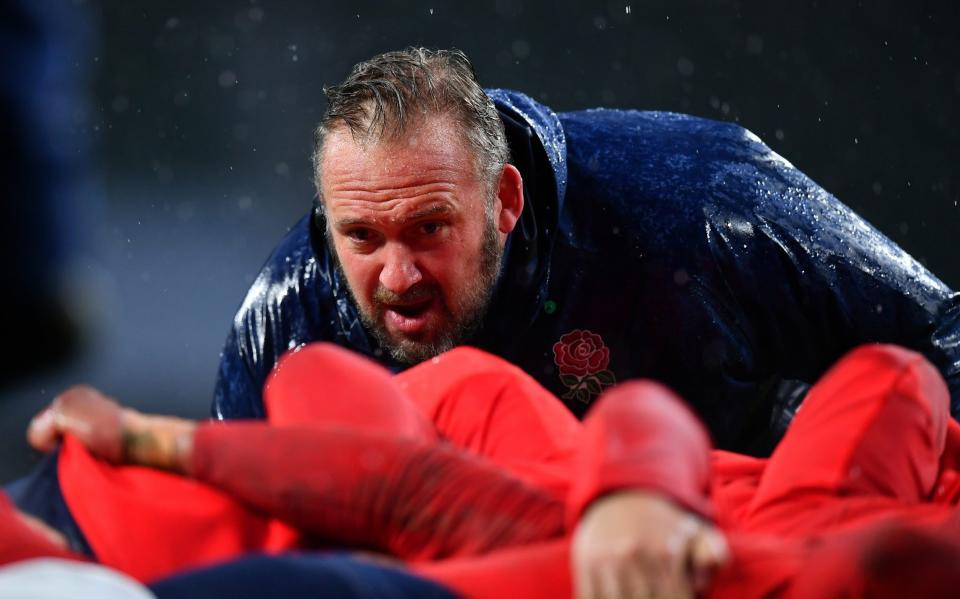New World Rugby guidance restricts international sides to 15 minutes of full contact training a week

World Rugby are to introduce new guidance restricting professional clubs and international sides to limit full contact training to 15 minutes per week in a bid to reduce the risk of injury and improve player welfare.
The move comes after a global study involving almost 600 players participating across 18 elite men’s and women’s competitions and a comprehensive review of the latest injury data.
The research concludes that reducing full contact training (the current average is 21 minutes with a peak of more than 45 mins) to 15 minutes across a maximum of two days per week will enable players to prepare to perform but while avoiding an elevated injury risk and allow for post-match recovery.
The guidelines also call for ‘controlled contact training,’ which involves the use of body shields and directed running, to be limited to 40 minutes, with a least one day of no contact of any type while live set-piece training is limited to 30 minutes.
The impact and medical data will continue to be reviewed and while the guidelines are to be written into the participation agreement for the next World Cup in France in 2023 and are also expected to be formally recognised in the professional leagues.
Joe Schmidt, the former Ireland coach who is now World Rugby’s director of rugby and high performance, insisted it would still be possible for international teams such as England to train beyond the intensity of Test matches with reduced full contact.
"When you are training it is more about the physical capacity growth that you are looking for, not the contact aspect of it," said Schmidt. "A lot of that training intensity is around the speed of training rather than speed of impacts and it is often 'controlled' contacts.
"While there is a lot less full contact training than many people might imagine, it is our hope that having a central set of guidelines will further inform players and coaches of key considerations for any contact that is done during training.
"These new guidelines, developed by leading experts and supported by the game, are by necessity a work in progress and will be monitored and further researched to understand the positive impact on player welfare. We are encouraged by the response that we have received so far.
"We recognise that community level rugby can be an almost entirely different sport in terms of fitness levels, resources and how players can be expected to train, but the guidelines can be applied at many levels, especially the planning, purpose and monitoring of any contact in training."

